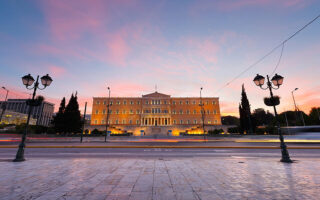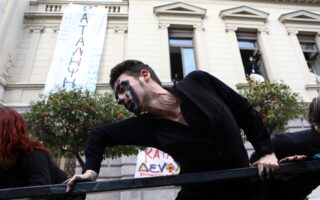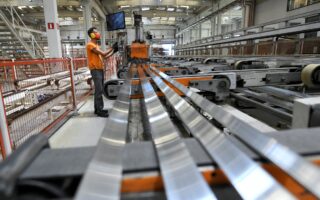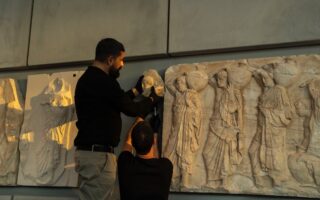Beyond the sculptures
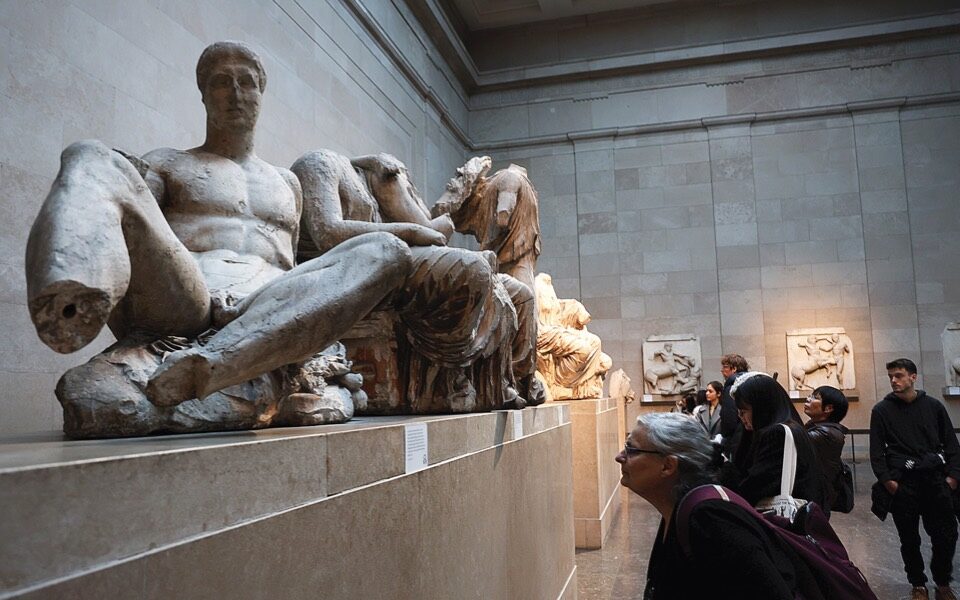
The resurgence of the debate surrounding the Parthenon Sculptures carries with it intricate symbolism. The intersection of the 19th and 21st centuries on matters of identity and emotional connection is perhaps the most intriguing, if not the most widely publicized.
While the call for the return of the sculptures is an ideological and political product of the 20th century, it is the 21st century that holds the potential to bring it to fruition.
For Greeks, the sculptures touch upon numerous aspects not directly related to the Parthenon as a monument of global heritage or to art. Although there is an evident connection, the profound link is more associated with the composition of the modern Greek national identity. During the century when these identities were being shaped for many European nation-states, namely the 19th century, symbolism held the power of cohesive substance and a unifying spirit. The ingredients of self-identification provided pillars of national survival.
The British Museum, a product of the Enlightenment and the encyclopedism of the 18th century, encapsulated for several decades the aspirations of the educated and emerging urban classes of the West for access to knowledge, phantasmagoria, science and the exotic. It served as a demonstration of geopolitical hegemony and stood as a testament to technological superiority.
The discourse about the sculptures also leads to a parallel narrative about the transformation of the nature and mission of museums in general, as well as the reshaping of the role of nations after the collapse of empires and the demise of the old world, first in 1918 and then in 1945. This dense discussion, with its numerous chapters and internal contradictions, also prompts a reconsideration of the trajectory of Greece as a nation that has been a member of the supranational European structure for the last 42 years, upon which prosperity and security depend.
Within the continually evolving framework of ideological geopolitics, with many intangible, psychological and symbolic dimensions, the issue of the sculptures may also represent a process of reconstructing the geography of ideas.
